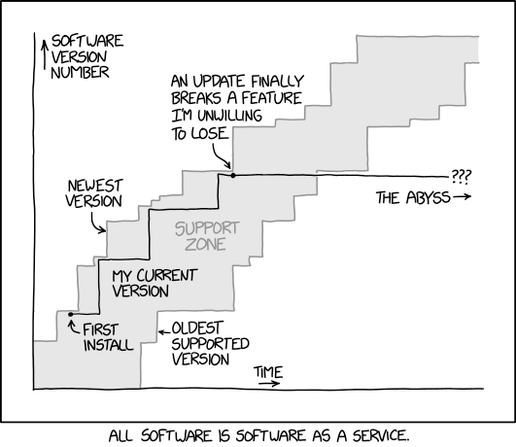@billjanssen Thanks again. Some of that looks ... closer. Cone Tree and Perspective Wall most so, though still not quite there.
Are you associated with this research/develpment, or just an interested party?
One thing I've thought about considerably as I'm increasingly using e-book readers and being frustrated by their own document management / organisational limitations, is how physical library space maps, with multiple dimensional convulutions, to stored data:
There's a mix of physical and logical organisations:
character -> word -> line -> page - > signature -> book
character -> word -> sentence -> paragraph -> chapter -> book
Shelf -> bookcase -> aisle -> floor -> building
A book (nominally: 250 pages) is about 125k words.
About 32 books fit to a shelf, 8 shelves to a bookcase, say, 16 bookcases to an aisle, 16 aisles to a floor. (I'm biasing to powers-of-two numbers here)
That's 256 books per case, 4,096 per aisle, 65,536 per floor.
(A fairly large community library is on the order of 300k books, or about 4 floors as I've defined them. A large university library, 122 such floors. Based on my experience, I may be underspecifying density, and would be interested in actual data.)
And so on.
The point I'm trying to make though isn't about density but of navigation of that space. The reader/researcher can go to a specific book, or to a shelf (closely related works), an aisle, a floor, etc. There's a different level of aggregation at each point in the scale, and for topically-organised (e.g., Library of Congress classification or Dewey Decimal), a specific region corresponds largely with a specific subject grouping.
On my e-book reader, I'm effectively limited to only one level of aggregation: a sequential shelf scan of books. With storage exceeding several TB, and an average book size of ~1--5 MB, that's effectively a fairly large community library worth of potential documents which can be carried in one's hand or satchel, but for which the organisational capabilities are ... exceedingly limited.
This remains a major frustration of mine.
#KFC #DocFS #WebFS #Libraries #DocumentManagement
